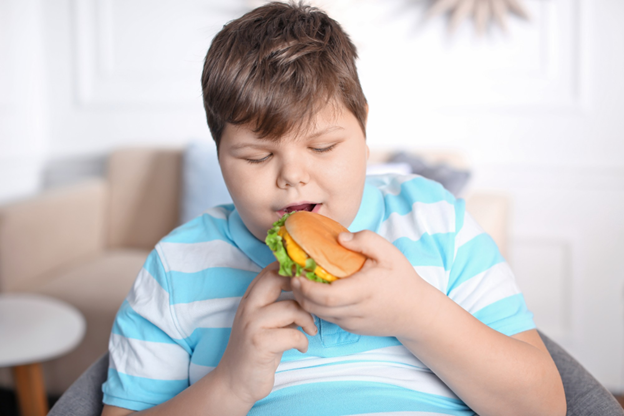In today’s world, childhood obesity is a growing concern. Many kids around the globe weigh more than they should for their age and height. It is more than just a problem of eating too much junk food; it’s about lifestyle changes impacting young people’s health. The issue is not only about physical appearance but also affects mental and physical health, eventually shaping children’s futures. Understanding the main causes of childhood obesity and finding solutions are essential steps for ensuring a healthier generation.
Overview of Childhood Obesity
So, what exactly is childhood obesity? Basically, it is when a child has extra body fat, which can affect their health. Doctors usually check a child’s body mass index (BMI) to determine this. Kids with a BMI above a certain point are considered overweight or obese. Unfortunately, childhood obesity rates vary widely. They tend to be higher in lower-income regions and among children of certain ethnic backgrounds. Types of childhood obesity are often influenced by different factors including those environments.
Improper Diet: A Central Contributor
One of the biggest causes of childhood obesity is diet. Many children eat too many sugary dinners, snacks, and drinks. They also consume a lot from fast-food chains, where meals are often loaded with unhealthy ingredients. Missing important meals like breakfast can lead kids to overeat later. Ensuring kids consume balanced meals is a significant step in reducing childhood obesity.
Insufficient Physical Activity
Nowadays, many kids spend more time with gadgets than playing outside. This increase in screen time leads to less physical activity, which is crucial for staying fit. Childhood obesity and exercise have a strong connection; not moving enough can lead to extra weight gain, worsening the effects of childhood obesity.
Genetic and Biological Factors
Genes can also play a role in whether a child is more likely to gain excess weight. Some children might have family histories that make it tougher to manage their weight. Yet, these kids can still maintain a healthy weight by adopting good habits.
Environmental Influences on Children’s Health
Where a child grows up makes a big difference. Environmental influences on children’s health include living areas without safe places to play or with fewer fresh food options. Areas without grocery stores but with plenty of fast-food outlets can lead to unhealthy eating habits. Socio-economic factors and cultural habits also play roles in shaping these environments.
Psychological and Emotional Influences
Being stressed or anxious can cause kids to eat more, turning to food for comfort. Such emotional eating can contribute to weight problems. Bad mental health can worsen the effects of childhood obesity, impacting children’s confidence and happiness. Addressing these issues early on can make a big difference.
Immediate Health Concerns
Effects of childhood obesity are not just long-term; they can affect children right away. Obese children are more likely to develop diseases like Type 2 Diabetes and asthma. They can also experience pain in their joints, making them less interested in moving around.
Psychological and Long-term Health Risks
Childhood obesity often comes with emotional challenges. Kids might feel sad or have low self-esteem, impacting their everyday lives. If not addressed, these problems can continue into adulthood. Long-term health risks include heart disease and other severe issues. Early intervention is crucial in addressing these problems.
Adopting Healthy Eating Practices
To combat childhood obesity, it’s vital to introduce healthier eating habits. Parents can help by planning balanced meals and controlling portion sizes. Make nutritious food choices a routine family affair. These small steps can be foundational in childhood obesity prevention.
Promoting Regular Physical Activity
Ensure that children get moving every day. Encourage participation in sports or simple exercises to make physical activities a fun part of their daily routine. Efforts like this can help in reducing childhood obesity significantly.
Building a Supportive Environment
Communities must come together to support children’s health. This means making sure parks are available for play and schools have healthy lunch options. Families should support one another in encouraging healthier lifestyles. Having a supportive environment makes staying active and eating right easier.
Seeking Medical and Professional Assistance
If lifestyle changes alone don’t bring improvement, it’s wise to seek professional help. Pediatric obesity treatment might include advice from doctors or counseling. These professionals can provide personalized help and guide families along the best route.
Consult us today at Siwach Hospital for expert guidance!


